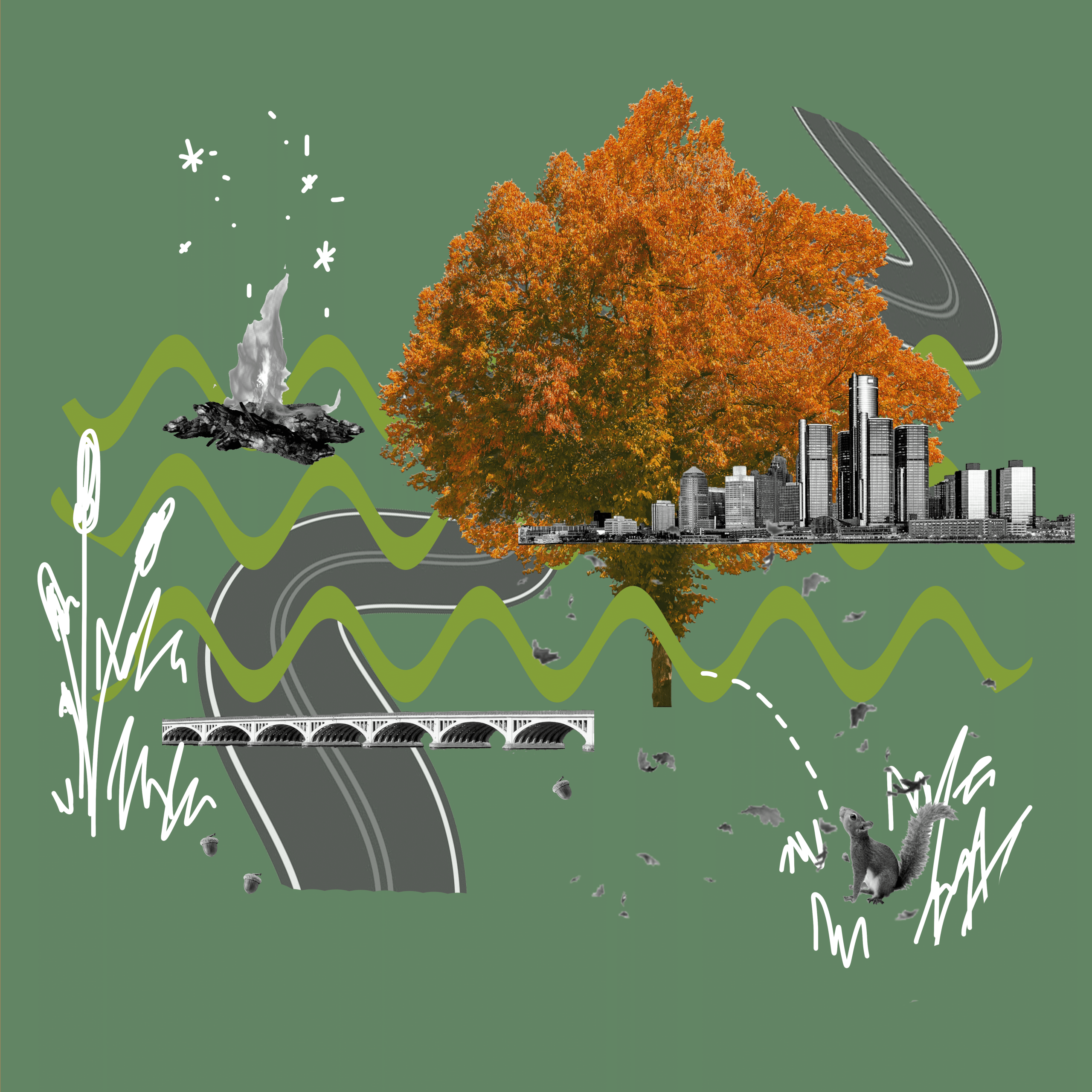Header image: Wilkes Scholar Autumn Hartley presents research at the Wilkes Climate Summit. Credit: Todd Anderson
“Let’s start with the three pillars of urgency. Climate change—it’s here, it’s us, and it’s damaging,” said William Anderegg, director of the Wilkes Center for Climate Science & Policy at the University of Utah. “There are also three companion pillars of hope—it’s solvable, we’re making progress, and the benefits of solving it are enormous.”

William Anderegg, director of the Wilkes Center for Climate Science & Policy at the U giving his opening remarks.
Anderegg’s message resonated with his audience of scientists, policymakers, business leaders and others gathered at the third annual Wilkes Climate Summit, hosted by the Wilkes Center on May 15 at the Cleone Peterson Eccles Alumni House on the U’s campus.
This year’s theme—innovation, science and solutions—was manifest in the day’s keynote addresses, panel breakout sessions, and presentations from the seven finalists vying for the $250K Wilkes Climate Launch Prize.
“When [the Wilkes Center] was set up a number of years ago, the dream was to bring immediate innovation to the problem of climate,” said U President Taylor Randall, speaking of Clay and Marie Wilkes whose $20 million donation launched the Wilkes Center in 2022. “[They] fundamentally believed in science and science’s ability to create scalable change and create scalable solutions…When I see individuals [here] dealing with this problem, I leave with nothing but hope and optimism.”
The Wilkes Center’s mission is to accelerate climate solutions through research, education and innovation, goals especially important during these tumultuous times.

Conor Walsh, assistant professor at the Columbia Business School, delivering his keynote address.
“Many of the cuts to science and research that those of us around the country are worried about will hinder America’s prosperity, economic growth, competitiveness and global leadership,” Anderegg said in his opening remarks. “We need science and innovation more than ever.”
Anderegg outlined the four core questions guiding everything the center does, which capture the spirit of discussions happening throughout the summit:
- How can we accelerate solutions to yield a global, downward trend in greenhouse gas emissions?
- How can we get the best science into the hands of decision- and policymakers?
- How can we train the next generation of leaders?
- How can we foster innovation to develop, deploy and scale these climate solutions?
“The scientific understanding is really crystal clear; the 2020s are a pivotal decade for climate action,” Anderegg said. “We have a rapidly closing window to avoid the impacts of dangerous climate change and chart a sustainable and prosperous future for everyone here in Utah, around the U.S. and around the world.”
Clean energy transition and the global rise of solar power
The summit kicked off with a morning keynote by Conor Walsh, assistant professor at the Columbia Business School studying the economics of the energy transition. Here are four highlights from his talk:
Student research lightning talks
A jolt of energy hit the early afternoon breakout sessions during the student research lightning talks. As summit-goers slowly filled the Boyer/Sorenson Conference Room, a group of U students waited with increasing anticipation.
The 10 graduate and undergraduates each had three minutes to persuade the audience that they deserved one of three cash prizes. The projects, all funded through the Wilkes Scholars program, covered wide-ranging climate change research, from using satellites to track polar bear energetics in a melting landscape to finding reservoirs for carbon storage in the North Atlantic igneous province.
Tim Collins, professor in the School of Environment, Society and Sustainability and co-director of the Center for Natural & Technology Hazards, moderated the competition, ruthlessly keeping the students accountable to their three-minute presentation window.
After a quick reminder of everyone’s name and subject, the room had one minute to vote for the three projects that excited them the most. Answers were tallied in real time projected onto a screen, building tension as the countdown neared zero.
Congratulations to the winners of the student research lightning talks! Watch the presentations here and learn more below.









 English (US) ·
English (US) ·